Alright – so today we’ve got the honor of introducing you to Karin Srisilpanand. We think you’ll enjoy our conversation, we’ve shared it below.
Karin , appreciate you joining us today. We’d love to have you retell us the story behind how you came up with the idea for your business, I think our audience would really enjoy hearing the backstory.
Tell us the story of how you came up with the idea for your business?
I used to subscribe to lifestyle and home decor subscription boxes but found myself sorely disappointed in the quality and value of the products I received. Oftentimes, many of the mass-produced filler items included in each box ended up being tossed or stored in some dark drawer from lack of use. If I personally didn’t want to use it, it was unlikely I could regift or pass it along to a friend either. It dawned on me that many subscription boxes equated value with a lot of “stuff.” Back in 2019, there weren’t many home decor or lifestyle subscription boxes who focused on high quality items, sustainability or social impact – much less supported small businesses or emerging artisan brands.
At the time, I was working in the marketing department of a well-known Silicon Valley unicorn start-up traveling around the world visiting different offices. I loved traveling for my job – it was a real perk to visit different parts of the world! I often came back from these trips with memorable home decor items that celebrated the heritage craftsmanship of the local artisans (traditional Mexican Otomi quilts, handwoven rattan baskets from Bali, Belgian linens from Europe). It became evident to me how much small businesses depended on not only their local markets to survive, but visitors who appreciated their craft as well. I wanted to find a way to support these small businesses by helping to stimulate their local economies, create job opportunities, and better educational opportunities for the children of the people who work for them.
I had put my interior design work on hold several years prior when I took the start-up job. I was burned out from the long hours at my job and busy raising a young toddler – definitely not a sustainable mix! I knew deep down my time at the start-up was coming to an end. I also knew a non-creative career path was not one I wanted to pursue long term.
In the late winter of 2019, I took a two-month long sabbatical to Thailand. I spent time at our ancestral home in Chiang Mai – making day trips out to meet with local artisans. There, I started to plan my return to interior design and the idea of My Trove Box was born – I would marry all the things I loved about design and travel into a subscription model: quality craftsmanship, sourcing artisan products, and learning about the provenance of the product being made. I also wanted to create a business that would give back to communities with emphasis on social impact and sustainability. Upon my return to San Francisco, I promptly gave notice to my employer. The timing could not have been more perfect; two weeks later the entire world shutdown due to the pandemic. The company, along with its Silicon Valley peers, laid off a large percent of its workforce.
I launched My Trove Box at the beginning of the pandemic lockdown in 2020 – when everyone started working from home and quickly realized the importance of investing in their personal surroundings. I steadily built a growing subscription member base – from former colleagues who wanted to spruce up their home offices, short-term vacation rental owners, real estate brokers looking for closing gifts, to businesses looking for holidays gifts for their employees.
Our seasonal curations are tasteful, intentional, and practical – a mix of houseware and home decor items that can be used in any home year-round and would seamlessly integrate into any existing design scheme. Featured artisan items possessed a narrative about their heritage and provenance. Through the sale of each seasonal box members can feel good knowing they are supporting a community, a non-profit organization, or a larger cause. We take an empathetic approach to our customer service, and make sure that every touchpoint and experience is a delightful one.
Walk us through how you knew this was a worthwhile endeavor – talk to us about the logic of why you felt this would work?
Consumers are more savvy and intentional about their purchases: they are aware of the social impact of brands, where and how a product is made, and the values of the companies they give their money to.
I wanted My Trove Box to be the company to introduce them to emerging brands that held the same values.
To date, My Trove Box has made direct contributions to and supported the following causes through our brand partners: provided education and scholarships for girls in underserved and marginalized communities; provided mental health counseling, community building, and vocational training for victims of human trafficking; autism awareness; recycling and sustainability awareness; and directly funded construction of homes and provided décor items to Habitat for Humanity.
Were you solving a problem that no one else was solving? Were you offering a unique approach or what about this idea got you most excited?
There’s a lid to every pot, just like there’s a home decor box for everyone when it comes to personal style and budget. It’s a matter of finding a curation you love.
My Trove Box differentiates itself by being intentional in our quarterly seasonal curations. We work primarily with women-led brands, fair trade co-operatives, emerging artisans, and small businesses. We stray from sourcing from the same vendors other home decor boxes purchase from, and try to be cognizant of not including ‘fast” or mass-produced items as much as we realistically can. We do not curate for specific holidays because let’s face it, you’re not going to be able to use Halloween theme decor year round. We think through all the things our members will need once they receive their box to pull a vignette together (whether it’s tabletop decor for their coffee table or entertaining at home). We also do our best to provide as much value as possible in terms of foundational items. A good example is when other boxes include maybe one glass in their box with the expectation that the customer return to complete the set from their marketplace. That customer is now possibly stuck with one mis-matched glass in their home collection. My Trove Box always curates with a full set. That is where our members see the most value – in the quality, the completeness in the set of items they receive, and in giving back to the community.
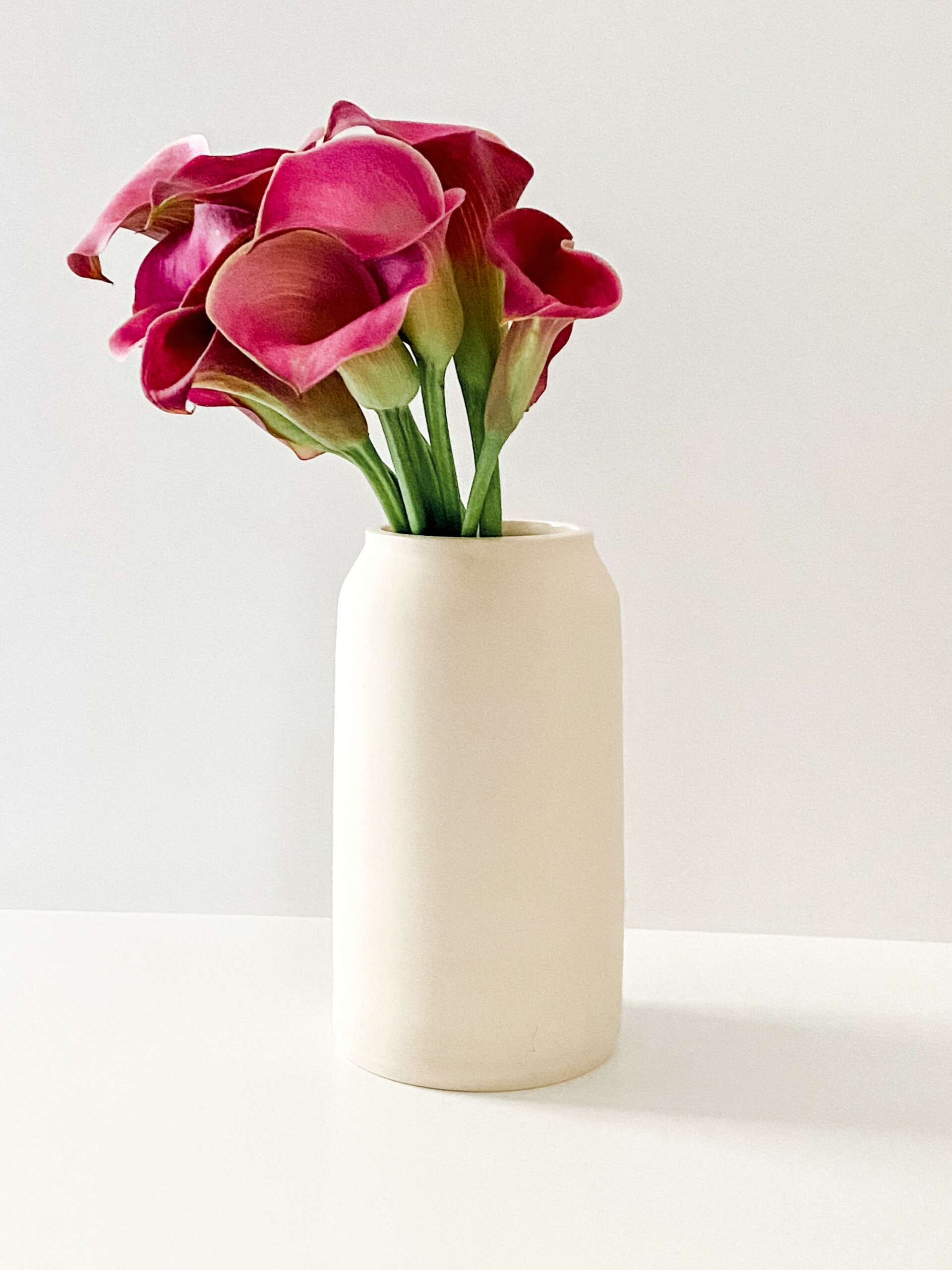

As always, we appreciate you sharing your insights and we’ve got a few more questions for you, but before we get to all of that can you take a minute to introduce yourself and give our readers some of your back background and context?
My name is Karin (pronounced Kuh-RIN). I’m a mom, an AAPI small business owner, and interior designer. I’m the founder of My Trove Box – a quarterly entertaining and home decor subscription box for like-minded decor lovers who support social impact, fair trade, artisan made, and small businesses. We provide value, cost, and time savings to our members by introducing them to quality home decor products and emerging brands sourced from around the world that they normally may not have awareness of or access to. My Trove Box selects products that are timeless not trendy, built to last not disposable, and made by craftsmen using small scale production with respect for their heritage not mass produced. Our hope is that the quality, durability, and functionality of the products speak to its longevity rather than encouraging mass-produced, trendy decor from large retailers or throw-away subscription box “filler.” Our company also aims to create meaningful opportunities that give back to communities.
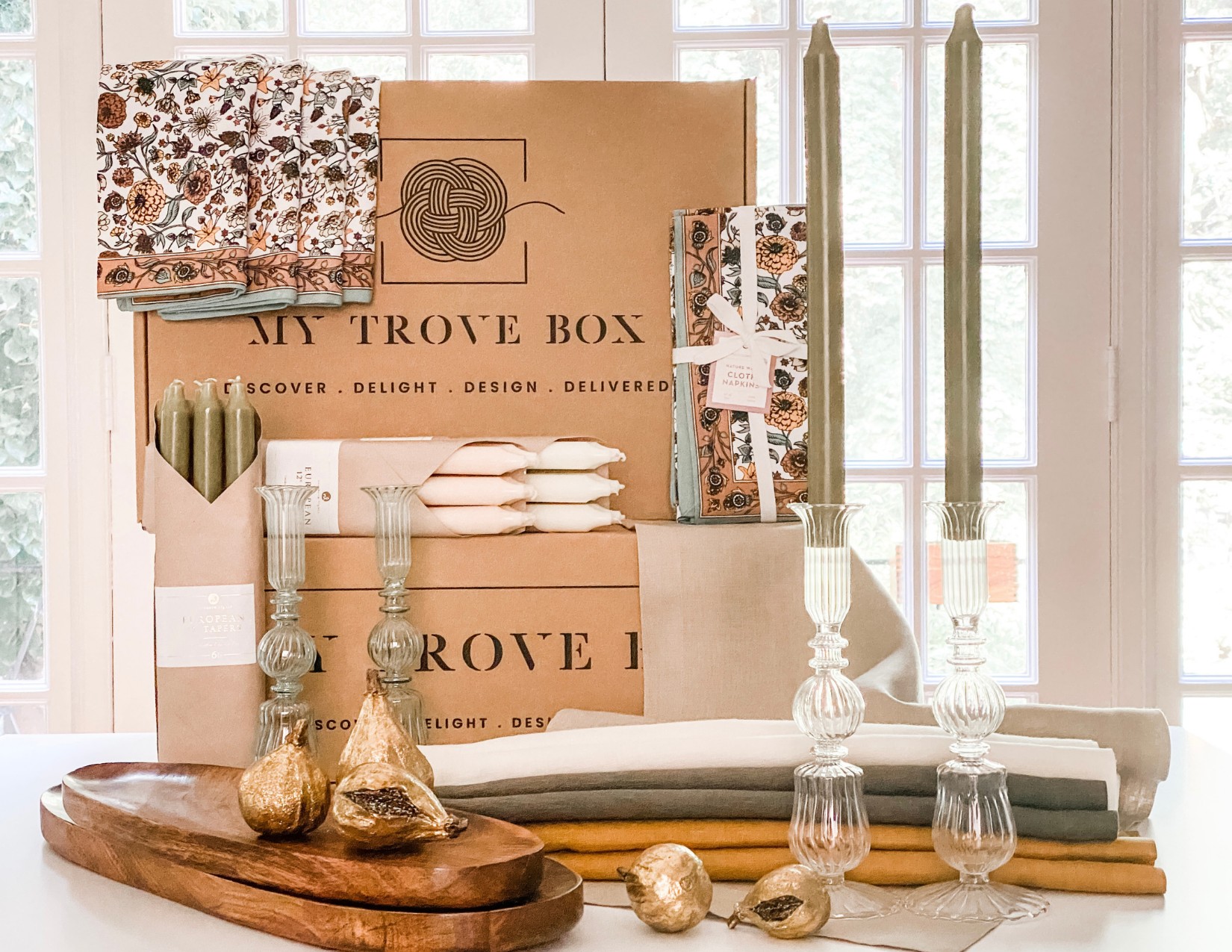
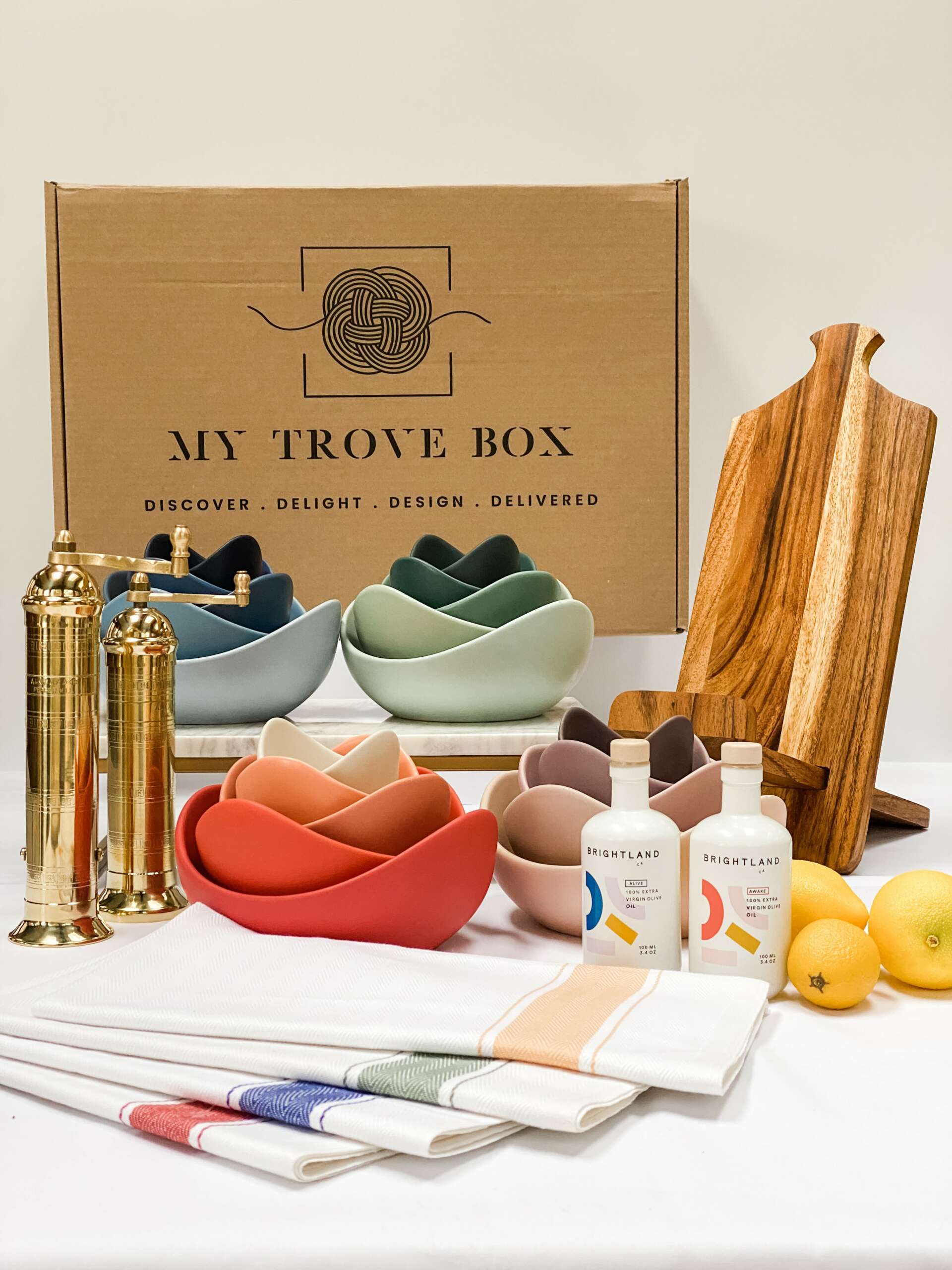

How did you put together the initial capital you needed to start your business?
My Trove Box is entirely bootstrapped.
After spending 20 years in digital marketing and interior design, in 2014 I took a slight detour to join one of the big Silicon Valley “unicorn” start-ups. There, I worked as the Chief of Staff to the company’s head of public policy and communications, and later joined their marketing department. My job at the start-up required long hours and travel around the world to our different offices. I saw the opportunity as a means to an end: the stock options I was given would allow me to start my own business after I left.
After six years of working for the start-up, and the company had gone public, I cashed out part of my portfolio to fund the initial investment. My husband – god bless him – thought I was crazy but supported the idea.
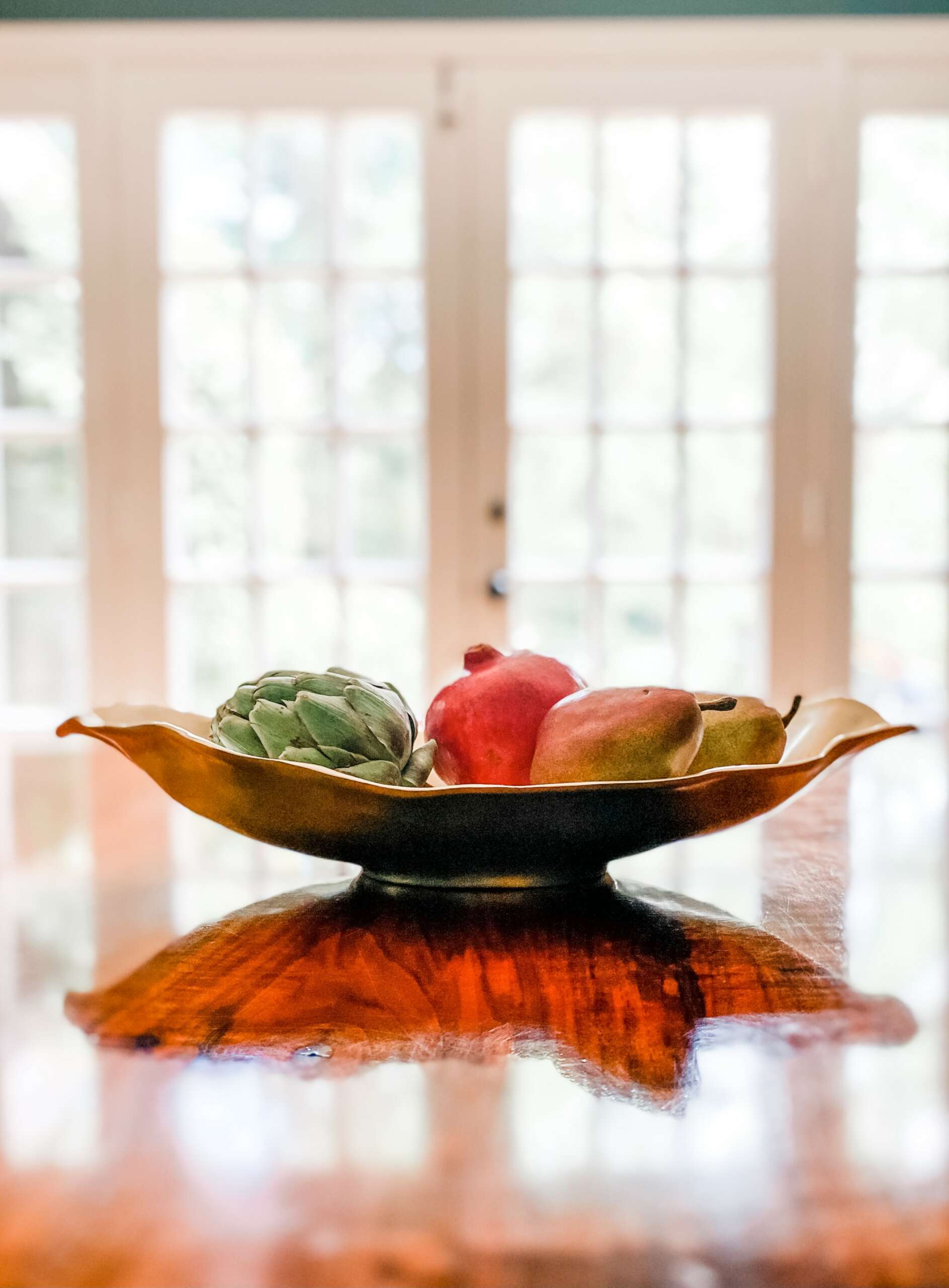
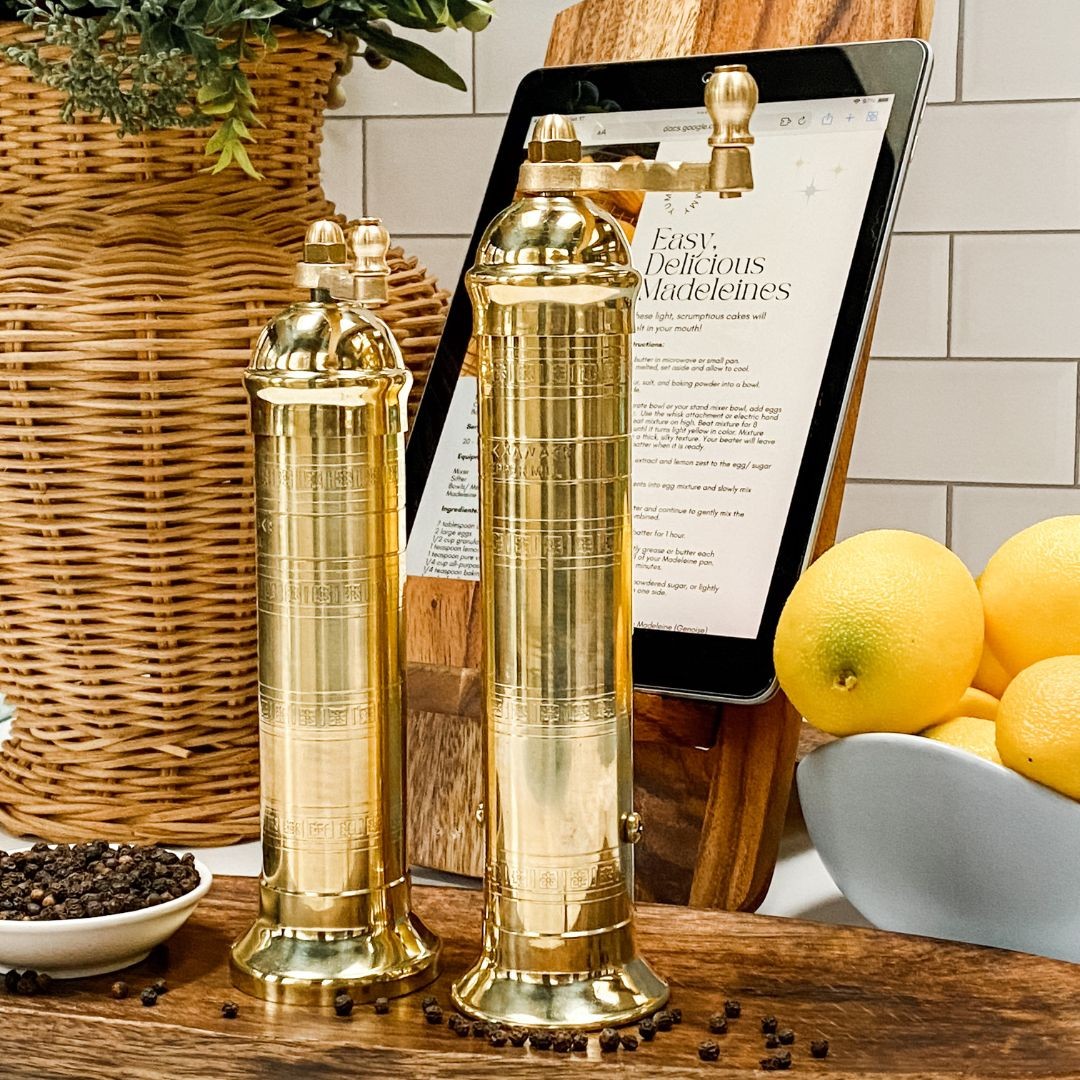
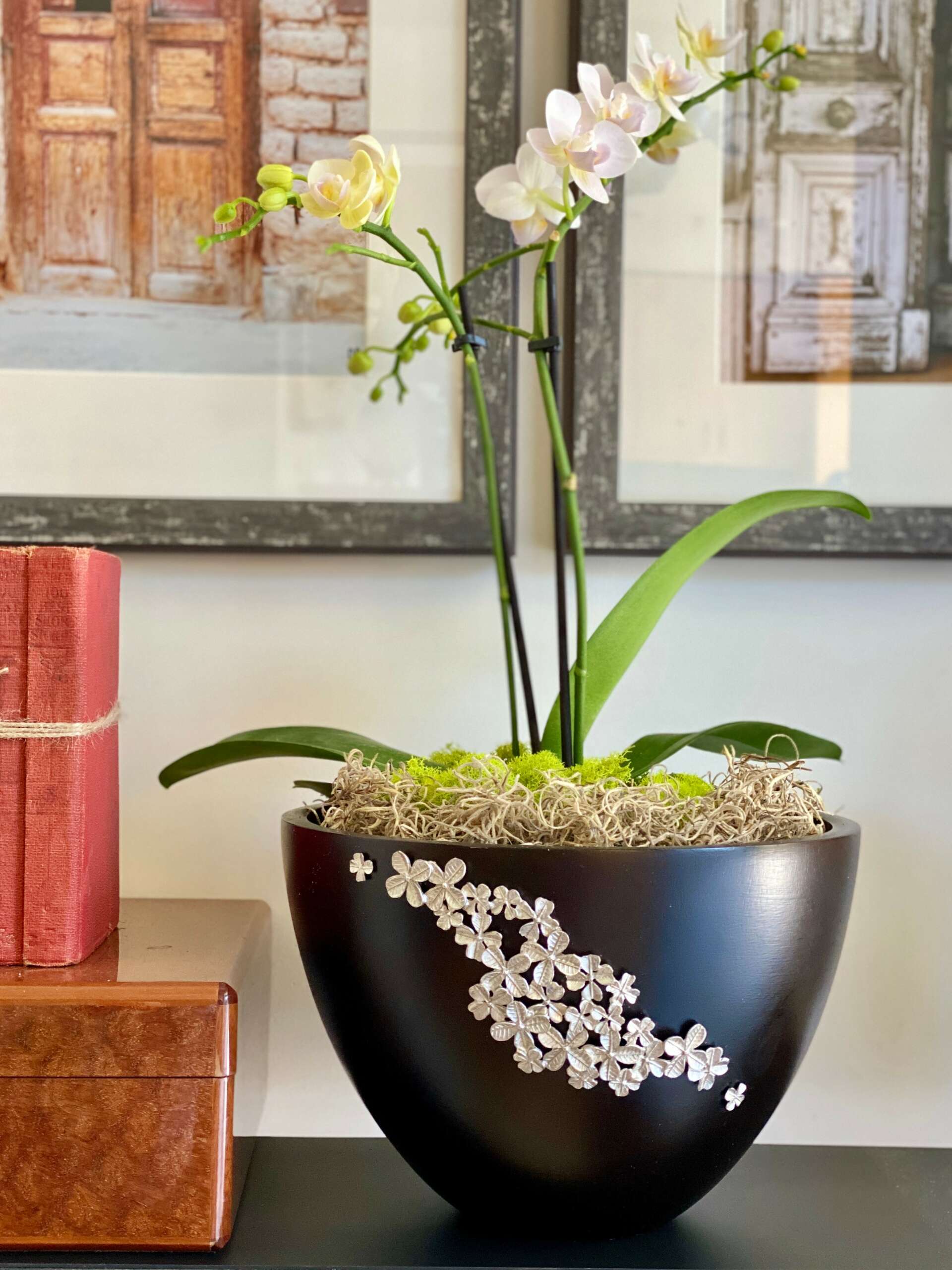
Okay – so how did you figure out the manufacturing part? Did you have prior experience?
Do you manufacture your product(s)?
Yes, occasionally I will manufacture a product if I don’t find an existing item to my liking – but only if it makes sense to do so.
Tell us the story of how you got started – did you already know how to manufacture the product?
I am not a product designer by training, but I do have an eye for what I think My Trove Box members and people would like. Often I can sketch out a design idea for a product. Bringing that product to life and manufacturing the actual item is a whole other ballgame – you have to really do your research to find a vendor you like and trust. That often boils down to personal and professional relationships you have made and being introduced to the right people.
From there, it takes a series of meetings for a product sample to be made. This can become a costly endeavor based on materials used, lead time, and labor. Going into it, you have to factor in what the minimum order quantity will be, your cost of goods, and what net margins will look like down the line. It’s being honest with yourself and asking: Can we create a design that will meet our particular customers’ needs, give them value, and charge a reasonable price point while still making a profit? There’s truth in the adage that is known as the Iron Triangle pertaining to Quality, Cost, and Speed – you can only have two at a time, not three. So sometimes even the best product and design ideas get scrapped.
Did you have to find a vendor who could manufacture for you and if so, how did you find the right one?
Occasionally I will work with a vendor whose design I like to create an exclusive decor or houseware item for My Trove Box. I usually find artisans through word of mouth, or I can be found browsing on social media to find them. Other times I will make it a point to visit the “Temporaries” exhibits of the larger Markets that take place several times a year in Las Vegas, Dallas, North Carolina, Atlanta or New York. Those are often the best places to meet some of the smaller, up and coming artisans and small businesses. My favorites are High Point Market and Shoppe Object. I always keep my eyes peeled to find new decor and houseware items. I love working with emerging artisans, fair trade co-operatives, small businesses, and women-led brands! I will often go out of my way to seek them out to feature them in our curated boxes.
During Covid lockdown I worked with multiple vendors from different continents (Asia, South America, and Europe) to design everything from decorative trays and boxes, throw blankets, dining, and tabletop decor. It was a learning curve to hold a design meeting via Zoom rather than in person where you can actually touch and look at a prototype. I worked some odd hours given the time differences. More than anything it was an exercise in surrendering and trusting my local designers and their expertise to ensure they were able to translate my vision into a piece that would fit into one of the box curations.
What lessons have you learned along the way about manufacturing a product?
As a product designer who is marketing mainly to a United States base, you have to be on top of design trends and know what will sell here in this specific market. Ultimately, when designing items with international vendors, you have to work with them to ensure that the regional designs they propose will translate well for the western market. As an example, a particular decorative knob design may have cultural meaning in one country, but may not hold any meaning in the US and just seen as purely decorative.
Early on, I also got a crash course in becoming an importer – which can be overwhelming given all the strict regulations! This is why many product-based businesses purchase from larger distributors who have the means and network to bring more product into the US; doing so saves you a lot of headaches such as learning the International Harmonized System Codes (it’s a standardized numerical method of classifying traded products used by customs authorities around the world to identify products when assessing duties and taxes). If you get this wrong or are not working with a dedicated customs brokerage firm, you and your wallet could be in for big surprises. I was lucky enough to find a women-led customs brokerage firm whom I trusted, and answered all my questions on import regulations. They educated and armed me with all the tools and information I needed as their client to ensure I was successful. I really appreciated that – especially when the worldwide pandemic shutdown impacted maritime shipping and airfreight where we saw overseas shipping rates rise as high as 600%!
Contact Info:
- Website: www.mytrovebox.com
- Instagram: https://www.instagram.com/mytrovebox/
- Facebook: https://www.facebook.com/mytrovebox
- Other: PINTEREST: https://www.pinterest.com/Mytrovebox/ TIK TOK: https://www.tiktok.com/@mytrovebox


